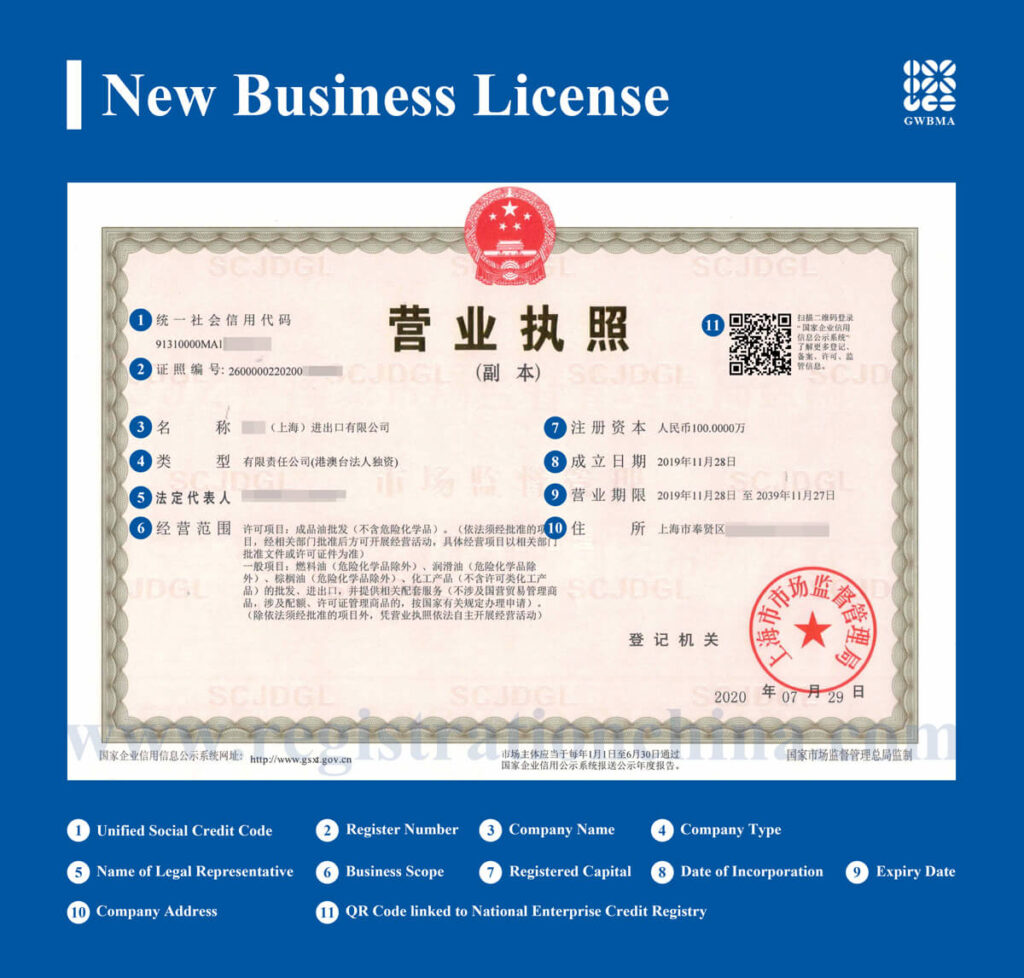Contents
Introduction:
When venturing into the Chinese market, one of the first and surprisingly challenging steps for a foreign company is the naming process. With China’s vast economy and abundant business opportunities, understanding the unique components of Chinese business naming conventions becomes imperative. The Chinese Company Name of a WFOE (Wholly Foreign-Owned Enterprise) represents the officially registered name that the enterprise must use in all legal and business activities within China, reflecting its identity and operational scope under Chinese regulations. So, for Wholly Foreign-Owned Enterprise (WFOE), such knowledge is not just cultural—it’s a strategic business necessity.
The process of naming a Chinese company for WFOE setup is a delicate blend of art and science. It demands attention to the linguistic intricacies of Chinese characters, adherence to legal formalities, an understanding of cultural nuances, and a well-thought-out branding strategy. It is not simply a name that a company adopts; it is an identity that will carry the weight of the business’s ambitions and its potential legacy in the burgeoning Chinese market.
Why Is Chinese Company Naming Complicated?
Chinese language’s intricate system of pictographic and ideographic characters presents a significant naming challenge. Pronunciation and spelling are often unlinked, leaving non-native speakers at a considerable disadvantage. Moreover, China’s existing landscape boasts more than 80 million registered companies, saturating the space with numerous names and increasing the complexity of securing a unique and compliant business name.
Chinese Company Name: Understanding the Corporation Name Structure
The official name of a corporation in China is a combination of four distinct parts: Administrative Region, Designation title, Industry characteristic, and Corporate structure type.
A. The Importance of the Administrative Region
The administrative region segment reflects the geographical indication of the company’s registration, whether it’s a province or city. This not only localizes the business but can impact regulatory requirements and market perceptions.
B. Crafting the Designation Title
This part incorporates two or more Chinese characters that typify the brand or the business. This section is where creativity intersects with legal and linguistic constraints, authoring a name that resonates with the local market while maintaining the international brand’s essence.
C. Industry Type Representation
The incorporation of industry characteristics such as trade, culture, technology, and advertising specialties gives a clear indication of the company’s business focus. This not only serves as a descriptor but also as a marketing tool within the name itself.
D. Corporate Structure Distinctions
Lastly, determining the corporate structure type is essential. Options like a limited company, liability limited company, joint venture (JV), and representative office (RO) each hold different legal implications.
Translating or transliterating a foreign company name into Chinese requires skillful navigation to avoid cultural misunderstandings and ensure the name carries the intended meaning and connotations.
Case Study: Chinese Company Name
Each corporate entity type in China, WFOE, JV, RO, and Foreign Partnership Enterprise, brings specific naming conventions and restrictions. Understanding these is crucial for compliance and correct branding.
An analysis of a specific company naming structure provides a practical example of the principles outlined. The case study will dissect the Chinese name, translate the segments, and explain the logic behind the structure choice.
For example, the Chinese Trading company’s name in the Business License is like below:
In Chinese Name: 上海+XXX+进出口+有限公司
English Translation Name: Shanghai (State/Provine/City)+ XXX (the designation name) + Import & Export (Industrial type) + Co., Ltd. (Corporation Type)
Legal Perspectives of Chinese Company Name: Registration and Approval
Before finalizing any name, the legalities of pre-name registration and approval processes are pivotal. This section will outline the necessary steps and considerations to avoid rejection and expedite the process.
Naming a company is not a mere administrative step; it’s a strategic branding decision. Cultural connotations, local consumer behavior, and branding alignment are factors that yield significant impact on business success.
When dealing with such a nuanced process, consulting with local experts who specialize in Chinese corporate law and branding can prove invaluable. This section will discuss the benefits of such partnerships.
Conclusion:
By taking a diligent approach to company naming, foreign businesses can establish their presence with a solid foundation and resonate with both the market and the regulatory environment. As China continues to open its doors wider to international players, the mastery of naming will become not just an initial step but a lasting part of a company’s story in China.



